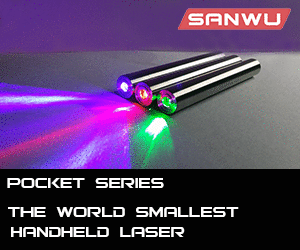Yes, but it depend from the items and conditions .....
As example, yes for "stranges" or unusual components, unknown ones (i'm a damn curious, i know

), new components that i may need on-the-fly for some experiments and have no other way for get them, heatsinks (they always can be useful), specific components that are difficult or impossible to find here, and so on.
No, for common resistors or capacitors or diodes and similars (i have around so much of new ones that i don't know if i can use them in all my life

) ..... and, anyway, there's always a risk in using harvested capacitors or resistors ..... you cannot know if in the original circuit they was overstressed or slightly damaged, so, maybe you can end with a prototype that don't work or work bad, and pass hours or days, before find that the guilty is that harvested component .....
The exception is components that i don't use but harvest, like SMD chips and ICs, but there's a reason for this ..... exercise ..... i mean, i don't become young, passing the time, and my hand don't become more steady and my eyes more sharp

..... so, i decided to keep myself exercised, time by time ..... when i find a decent board filled of SMD components that i have to throw away, i harvest all that the parts that i can without ruin the PCB (normally, heating it with a depainting phon on the back, and using pliers) ..... so, i collect a lot of SMD parts that, also if not re-usables (usually, heating them so much, you burn half of them or more), can still be used for re-soldering them on the original board, exercising hand-eye coordination and soldering skill at almost zero cost (just the cost of some soldering wire and the electricity, you don't have to buy components and boards

)
BTW, i can suggest this system also to someone that want to exercise and improve their soldering skill ..... maybe i can post a tutorial with some pics ?





